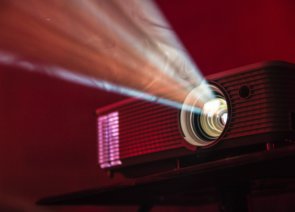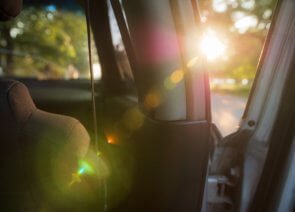Many photographers, as they immerse themselves in the subject, think about updating their photo equipment. Thus, regularly the question arises: what to choose — a full frame or a crop sensor? It would seem that the answer is obvious, and a full is always better than a cropped, and only high price holds off the purchase.
Albeit, let’s try to study this issue a little more thoroughly and bring together all the advantages and disadvantages of both systems.
Full frame — a sensor 36 by 24 mm, close to the most common film format 35 mm. For this reason, it is a kind of reference point for other digital sensors, both smaller and larger, which, however, does not make it a benchmark in quality.
Crop sensor — a sensor, which is approximately half the size of the full frame, it may differ in size depending on the manufacturer.
Resolution of crop and full-frame cameras of the same generation most often coincides, which means that a crop sensor will have twice as many pixels per unit area. Pixels will be smaller and sit densely. As a result, this affects the amount of digital noise in an image at high ISO values for the worse. 1:0 in favor of the full frame.
The physical size of a crop sensor is smaller, and it cannot capture the entire image area by the full frame lenses, only the central part. In other words, it works as if you are shooting with a lens, which focal length is 1,5 times bigger. On the one hand, it is not very convenient, since on a crop it will be impossible to make an image with the widest angle, which is in demand in landscape, interior and architecture. 2:0
On the other hand, this becomes an easy way to increase the effective focal length of telephoto lenses at no extra cost, which is important in sports and wildlife photography, where lens prices can exceed $10,000. 2:1
Do not forget about the cost of cameras with different sensors. The price of cameras with similar features (but different sensors) can multiply up to three times. Thus, 2:2
Due to the smaller surface area, manufacturers began to produce special lenses with a smaller projection area. Such lenses are lighter, more compact and, as a rule, cheaper. 2:3
As we already discussed, a crop sensor with full frame lenses captures only the central part of an image, which is free from most optical distortions, so that on crop you can ensure a perfect image quality from edge to edge. 2:4 in favor of cropped systems.
Another distinction between the two formats is the difference in the minimum depth of field. Due to a larger sensor area, full-frame cameras with the same lens speed and equivalent focal lengths are able to demonstrate a smaller depth of field, this can be considered as a little advantage, for example, in portrait when you need to separate a subject from the background. By the way, we examine all the nuances of separating a model from the background on the All about Portrait course. However, that same feature will be a disadvantage in other genres, for example, at shooting an object or macro, where a larger depth of field is needed. So there’s a draw. 3:5
As you may see, in the end crop has more advantages, it has proven to be a more practical system. However, first of all, remember that in order to unlock the potential of a camera you need good optics. The great majority of negative reviews on the crop is associated with the use of cheap universal lenses that come in the kit with a camera.
Nonetheless it’s too early to discard the full frame — it is indispensable in “wide-angle genres”, and also has advantages in low light conditions.
Peter Pokrovsky








